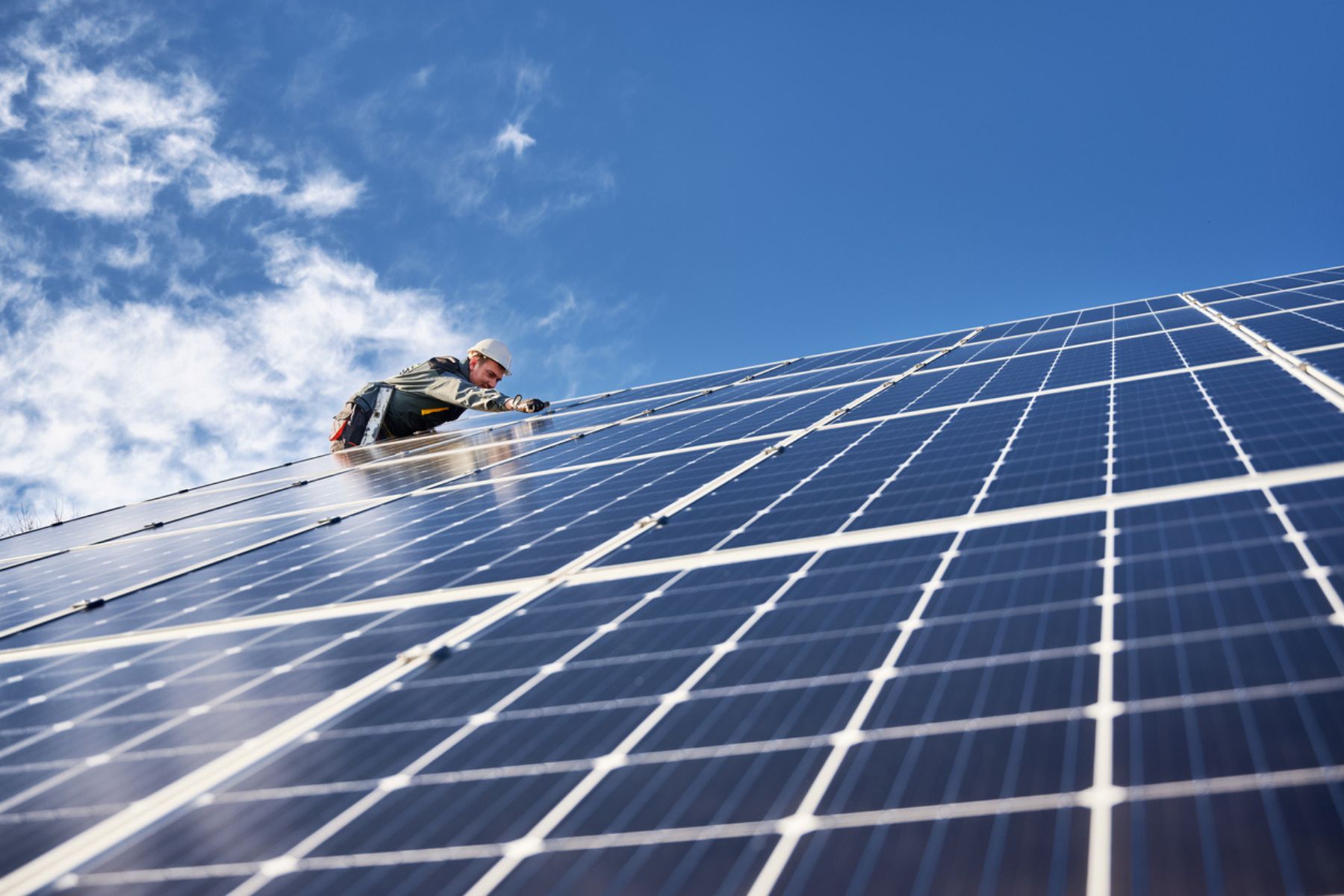Canada has shown progress attracting investment, but will need to quicken the pace to meet its goals.
In order to reach Canada’s emissions reduction targets, the country needs to attract and build a substantial number of major clean growth projects—an umbrella term used to refer to large-scale clean energy and technology projects.
Clean growth played a substantial role in the federal government’s recent budget, so it’s a good moment to check in to see how Canada has fared thus far attracting clean projects. Tracking investments in major energy projects can help identify progress building Canada’s future net zero energy systems, as well as the extent to which the country is transitioning away from major fossil fuel investments.
$135 billion in in the clean growth hopper
Figure 1 represents the number of major energy-related projects and their potential investments in Natural Resources Canada’s Major Projects Inventory that are under construction or planned over the next 10 years. The inventory defines major projects as those with capital expenditures of more than $50 million in energy, $20 million for electricity, and $10 million for clean growth. While the data do not include smaller projects, it is important to note that they will also play important roles in meeting climate goals, such as the potential role of distributed energy resources.
As of 2022, 323 energy-related projects with a combined potential capital investment of $434 billion were recorded in the inventory as either under construction or planned over the next ten years. Of these projects, 232 are related to clean growth, with a potential capital investment value of $135 billion.
Figure 1: The number of oil and gas projects and their potential investments have declined, while clean growth projects have risen slightly.
Fossil fuel projects decline, while clean growth projects rise
The number of projects and potential capital investment in oil and gas have been declining since 2017, and are likely to continue as fossil fuel demand declines. This decline is in large part due to cancellations, suspensions and removals of projects, rather than completions recorded in the inventory, at least in terms of the decrease in investment value. Between 2017-2021, a total of 63 oil and gas projects were completed representing $69.5 billion in potential capital investments, whereas 40 oil and gas projects were canceled, suspended or removed representing $201.4 billion.
By contrast, both the number of clean growth projects planned or under construction and their total potential investment dollars has increased slightly in recent years. The total number of these projects now accounts for 68 per cent of total energy-related projects within the inventory (up from 62 per cent in 2017). Total potential capital investments has risen to 30 per cent of the share of all energy-related potential investments, up from 22 percent in 2017.
Signs of clean growth progress
While these figures may seem to represent only a modest increase compared to 2017, there are early signals of accelerating investments. The number of major solar projects, for example, more than tripled, jumping to 28 projects from nine in 2017. These projects account for $2.8 billion in potential capital investments, up from $600 million in 2017. The number of major carbon capture and storage projects are also growing, up to seven projects in 2022 worth $15.5 billion from two projects in 2017 worth $9.1 billion.
On top of that, renewable energy projects are increasingly involving partnerships and equity stakes with Indigenous communities. Indigenous Clean Energy recorded nearly 200 medium-to-large renewable energy projects with partnership agreements or equity stake arrangements—projects such as the Waasigan Transmission Line, for example—and estimates around 1,700 to 2,100 micro or small renewable energy systems now in place with Indigenous leadership/partnerships. Despite the positive news, there are still significant hurdles to overcome to ensure greater Indigenous participation in the clean economy and to advance reconciliation.
More clean growth expected as future policy supports come online
While there is encouraging news in the data on new major projects, progress will need to be accelerated in order to reach Canada’s emissions targets and clean economy goals.
We should expect to see an increase in major clean growth project investments as new and expanded policy incentives and supports come online in the coming years, such as a rising carbon price, the federal government’s recently announced clean investment tax credits, carbon contracts for difference, and others. In addition, the intent to develop faster and more responsible project assessment and permitting processes should further quicken the pace of progress.
Arthur Zhang is a Research Associate with the Canadian Climate Institute.
